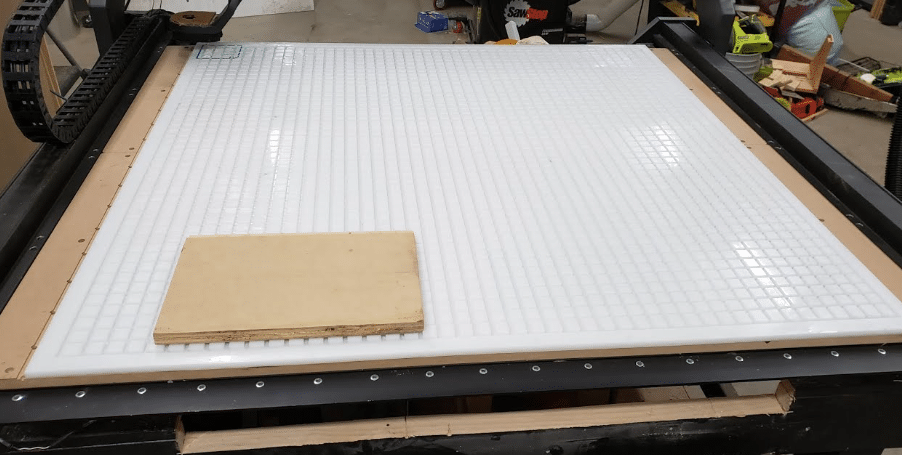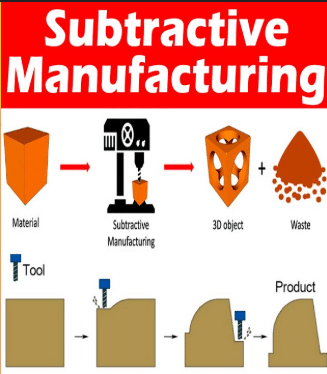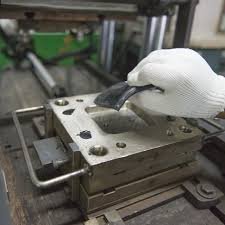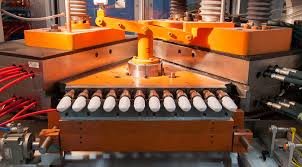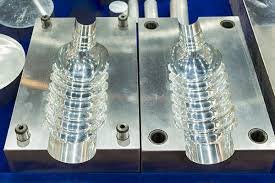Copper vs Bronze Color: The Ultimate Guide to Understanding These Timeless Metallic Hues
The knowledge about the differences between copper and bronze colors can facilitate the adequate decision-making in the vast variety of fields, such as interior design, architecture, manufacturing, and digital reproduction. All colors have the special benefits and features that favor their use in various situations and tasks. To achieve success with any of the two colors: copper or bronze, it is important to consider matters of lighting, pairing, maintenance and needs of application. Being either picked to bring vitality to new copper or given a polished elegance in bronze, both remain classical in what they can provide in area of timelessness as well as versatility ensuring the two colors remain relevant in modern day industries and modern furniture making.



